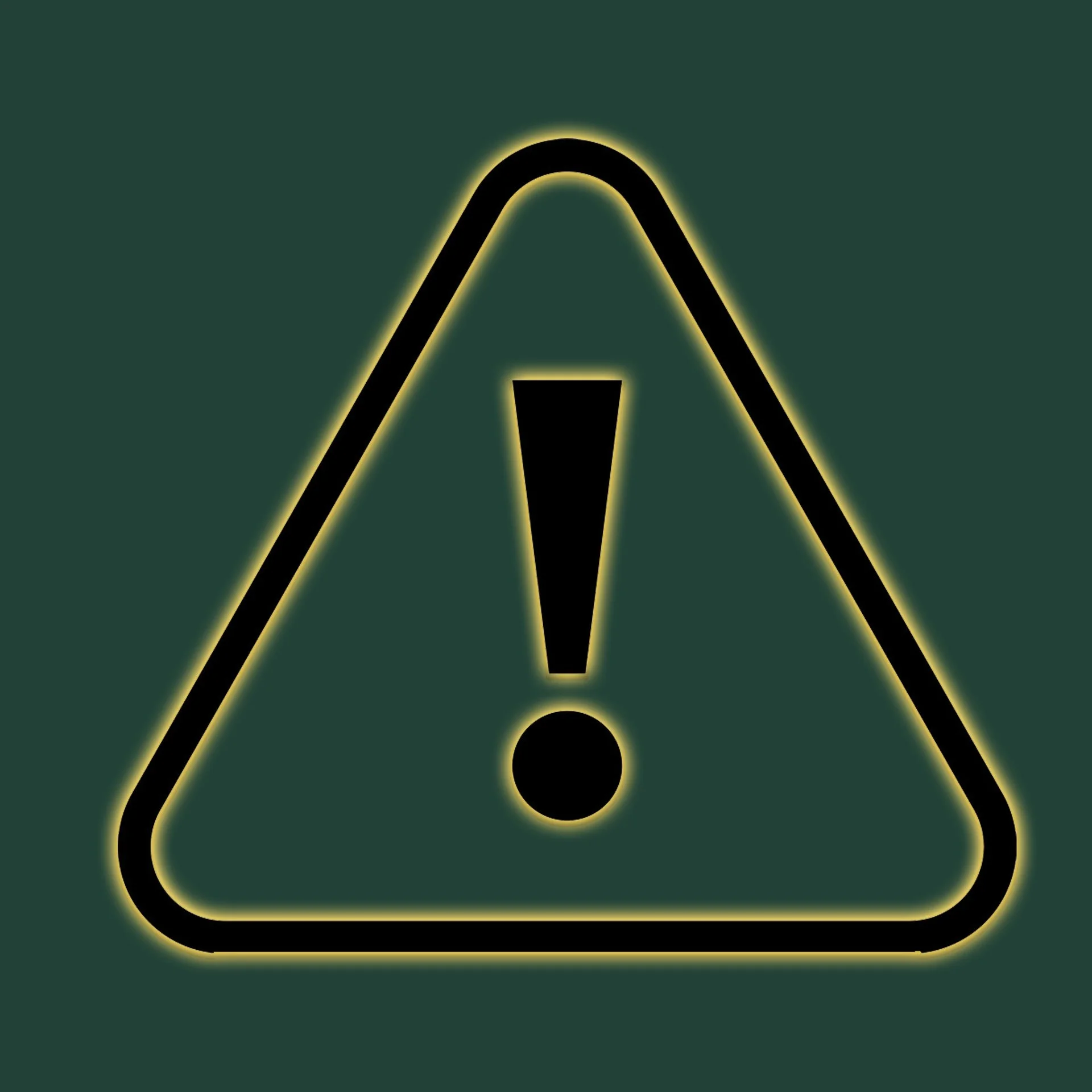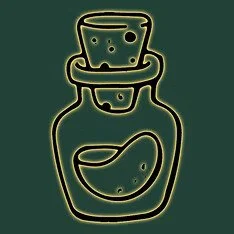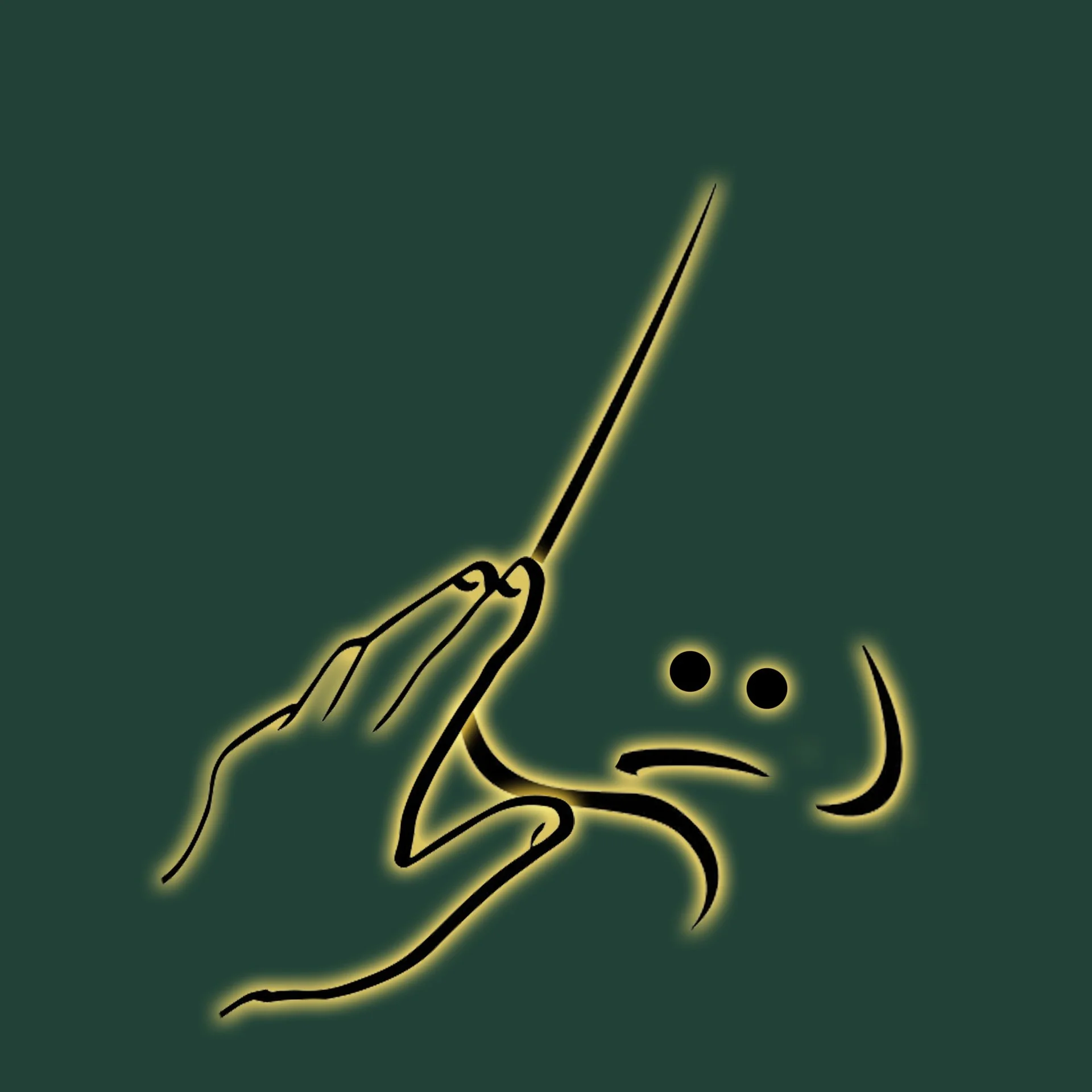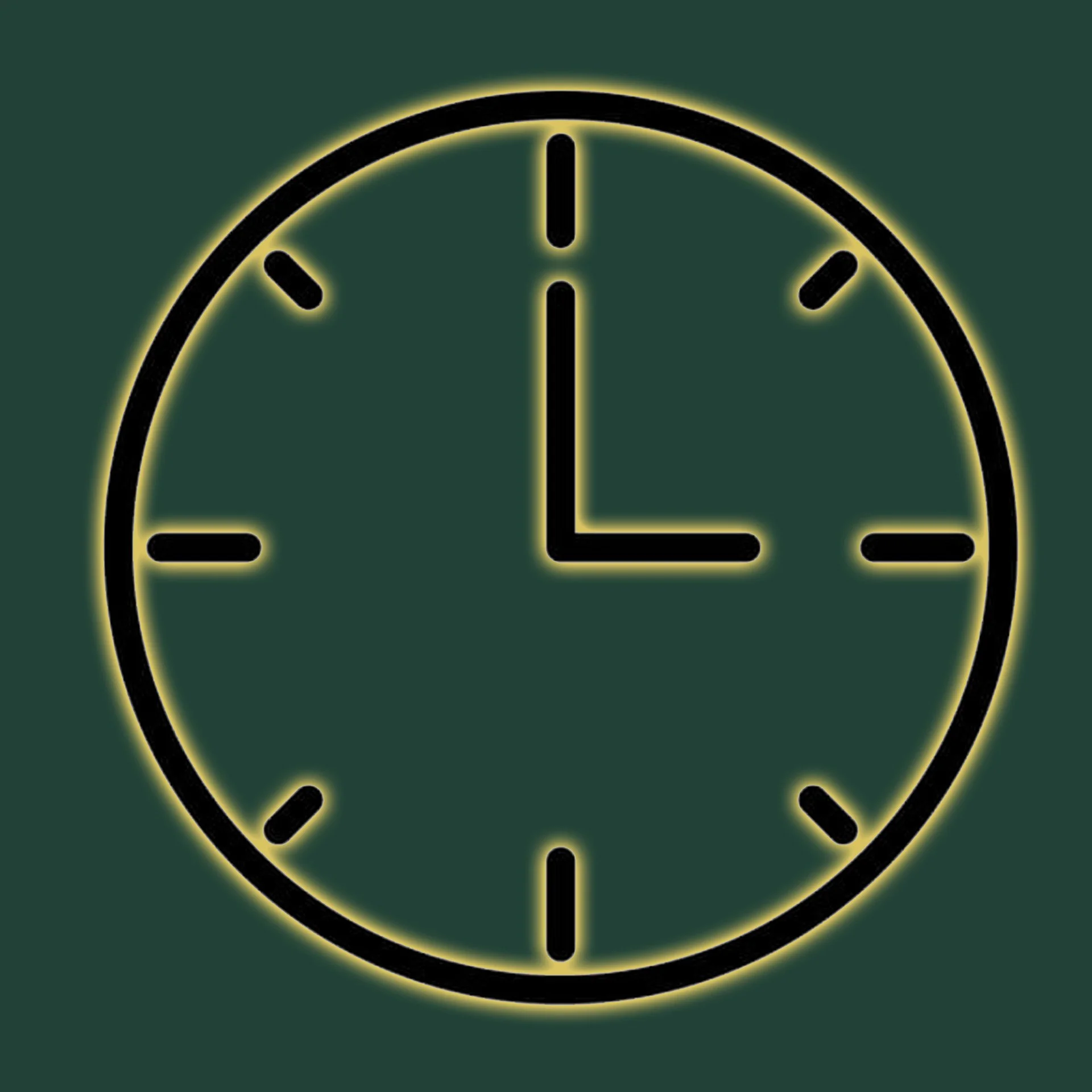Aftercare
Cleaning your piercing
With freshly washed hands or gloves apply to the area twice a day (normally morning and night).
Apply the saline directly to the piercing, leave it for 30 seconds then dry the area using sterile gauze, wiping away any product and/or crusting that has formed around the piercing area.
Do not use ANY skin preparation products such as surgical spirits, alcoholic sprays, Savlon creams/spray, Dettol, TCP, Hydrogen Peroxide, paracetamol or salt pastes etc. Only use cleaning products recommended by the studio
Your piercing can and in most cases will SWELL once the piercing has been completed. This is normal and the piercer will have already accommodated this by placing a much larger piece of jewellery into the area. Tongues can swell to the degree of the whole bar, however to relieve this rinsing your mouth with ice cold salt water will help.
If your jewellery is feeling TIGHT in the area then you need to seek the advice of your piercer straight away! In most cases it could be an indication that the area has become more swollen and needs to be checked.
Do’s and Don’ts
DON'T - touch, scratch or pick your new piercing. This reduces the risk of problems in healing. Be particularly careful to avoid using fingernails to handle jewellery, as the underside of nails are more likely to introduce bacteria to the fresh piercing.
DON'T - Use any kind of cotton wool products especially cotton wool buds (cue tips) as they are bleached and fibrous and can attach themselves to the hard lymph on your healing piercing. You can purchase sterile gauze for drying the area in which the saline has been applied.
DO- Make sure your piercing is covered and dry and NOT exposed if your work involves dirty/dusty environments.
DO - Follow your aftercare instructions and clean throughout your WHOLE healing period
DO - Use sterile Saline. We advise cleaning your piercing to use a 0.9 saline solution - We stock Neil Meds piercing aftercare at our studio which has been been specifically designed with brand new piercings in mind
DO - remember every piercing heals uniquely. Patience and care are really important for happy healthy healing, paired with correct aftercare and check up's to insure the optimum healing.
DO - get in touch at any point through your healing if you have any questions or concerns.
DO - Book yourself in for a check up 3 weeks after your piercing.
WHAT IS THIS BUMP ON MY PIERCING?
Have you been sleeping on the piercing?
We always advise to stay off of the piercing while it's healing to give it the best chance. We understand ears can be tricky as you can roll over in your sleep but a constant amount of pressure on a healing wound can cause some serious irritation and problems.
Piercing's can develop keloid scars but this tends to 'The internet told me I have a Keloid'
We see bumps on clients piercing's, unfortunately this is not uncommon but generally these bumps are confused with something they are not.
More commonly these bumps tend to be a soft fluid build up (much like spot next to the piercing) that fills and can leak a watery pus like fluid (sometimes a little blood) This does not indicate infection or that the bump 'Will never go away'
With the correct method it is possible to get rid of these bumps and get the piercing back to being happy and healthy - some time and TLC always helps.
Things you can do to help this along the way…
Book a check up!
Talk with your piercer and get as much advice as possible.
Is it time to change the jewellery?
It may be that the jewellery is now too long and this is causing healing issues/friction to the area and causing further irritation.
Revisit your aftercare!
Have you stopped cleaning your piercing too soon? We advise getting back on your saline baths no more than twice a day!
Have you been overdoing it with the clean?
It is possible for you to over clean a piercing, please listen to the advice of your piercer to insure you are not irritating the piercing by over cleaning the area, causing the bump.
Piercings can develop keloid scars but this tends to be in people who are more prone to keloids when they have scar tissue.
It is more likely to be an irritation bump which is much easier to deal with.
As always we recommend getting in touch and booking a check up so we can advise as best knowledge as possible.
-

WHAT ARE THE RISK FACTORS WITH A PIERCING?
We apply professionalism with every process and ensure that all procedures are carried out with the highest level of hygiene and precision. This includes a 3 stage sterilisation cleaning process. Single use instruments and the highest quality metals for our jewellery.
However once you have left the studio there are risk factors to consider these include:
Swelling, Jewellery Migration, Embedding, Gum/tooth damage (Oral piercings), Soreness, Irritation.
We aim to be here every step of the way, so if you do have any concerns before, during or after a piercing, Please do get in touch.
-

WHEN CAN I PUT MY OWN JEWELLERY IN?
This will be possible once the piercing is completely healed.
Don't be tempted to change the jewellery sooner than your piercer has recommended or before it's visibly ready. Changing your piercing before it's ready can encourage a multitude of issues, especially if the jewellery is of poor quality. If you are looking to change your piercing we advise you seek the help of your piercer.
If you would like a jewellery change at our studio please follow the booking link.
* Please note we DO NOT fit jewellery that has not been purchased in our studio due to quality and hygiene.
-

LOTIONS & POTIONS
'I've bought this product from the internet it has Tea Tree, Aloe Vera and lavender I'm going to clean my piercing with this'
'I was told to use TCP by my last piercer'
'I used Dettol spray as it's for wounds'
You just need a good quality Sterile Saline that has been designed and recommended by your piercer.
Please don't put any product on your new piercing that could cause irritation, inflammation or a reaction.
Sterile Saline is what is used in hospitals for flushing wounds and that's what a piercing is, an open wound.
-

IS IT NORMAL FOR MY PIERCING TO BLEED?
As a piercing is an act in which breaking of the skin occurs it highly possible your piercing
will bleed.
In some cases you may not have any bleeding at the time the piercing takes place- this is normal but does mean that it's even more likely that during the time of the first saline soak the piercing may start to bleed then.
You may get 'spotting'* from your new piercing for a few days after it was performed, maybe even a few weeks after the initial piercing was performed. This possibility tends to be less as time goes on but not impossible. Especially if the piercing has been caught or slept on uncomfortably, this can irritate the area and cause various issues, bleeding being one of them.
*Light bleeding randomly whilst in the beginning stages of healing
-

CAN I BATH WITH MY NEW PIERCING?
If it's an ear piercing or facial piercing and you can keep your head above the water then this shouldn't be an issue.
We DO NOT recommend soaking any body piercing whilst healing. Unfortunately bath water is not sterile and due to this, is not appropriate for a healing piercing.
-

WHY IS MY PIERCING ITCHY?
There are a few possibilities...
1: Over cleaning a piercing. Bathing the area more times than has been recommended by your piercer.
2: Not drying the piercing thoroughly after bathing.
3: Unknown substance has been in contact with the healing piercing.
4: If this piercing wasn't pierced professionally, or with a gun you may be having an allergic reaction to the metal that's been put in place.
-

HEALING TIMES
It's important to remember that everyone's healing journey is individual. Our healing times vary greatly due to the position and type of piercing.
It is also super important to factor in lifestyle choices as this can impact the healing of a new piercing.
Our healing guidelines- Please note healing is not a linear journey. Piercing can take months or even up to a year to heal.
Standard lobes : 6-8 weeks
Cartilage: 10-18 weeks
Industrials: 6+ Months
Nostril: 10-18 weeks
Septum: 8-10 weeks
Eyebrow: 10-12 weeks
Lip/Philtrum/Monroe: 4-6 weeks (Two week downsize required)
Vertical Lip: 4-6 weeks (Two week downsize required)
Tongue: 4-6 weeks (Two week downsize required)
Cheeks: 10-16+ weeks
Navel: 12-16+ weeks
Nipple: 12-16+ weeks
Surface: 12-16+ weeks
Male Genital: 4 - 8+ weeks depending on the area
Female Genital: 4 - 8+ weeks depending on the area
-

IS MY PIERCING INFECTED?
This is a question that gets thrown around ALOT in the piercing world. What is suspected at first glance to be an infection may actually be signs of irritation to the healing wound. These problems can occur from...
Over cleaning, Under cleaning, Additional swelling, Touching, Sleeping on the piercing, Catching the piercing.
If you have any concerns we recommend getting in touch with us as we are always happy to help and put your mind to rest :)
As the skin has been broken and there is jewellery in place to keep the wound open there is a risk factor that bacteria can transfer into the wound (this is common when touching a healing piercing with unclean hands)
While infections in piercings can be more rare it is of course possible. Localised infections symptoms include...
Hot and red area, Abnormal swelling, Swollen Lymph nodes, Bleeding, Sickness and Dizziness, Itchiness, Green/bright yellow pus.
Your body is a clever thing and will normally fight off minor infections, however if you suspect that you have an infection it is always worth consulting your GP.
Please be mindful that if it is believed your piercing is infected
DO NOT REMOVE THE JEWELLERY
This is acting as your main draining point and you do not want to trap the infection. This will cause the healing to take much longer and could also cause further problems.